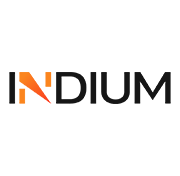Audio Presented by

We are a fast-growing digital engineering company developing next-gen solutions in applications, data, and gaming.
Story's Credibility

About Author
We are a fast-growing digital engineering company developing next-gen solutions in applications, data, and gaming.
